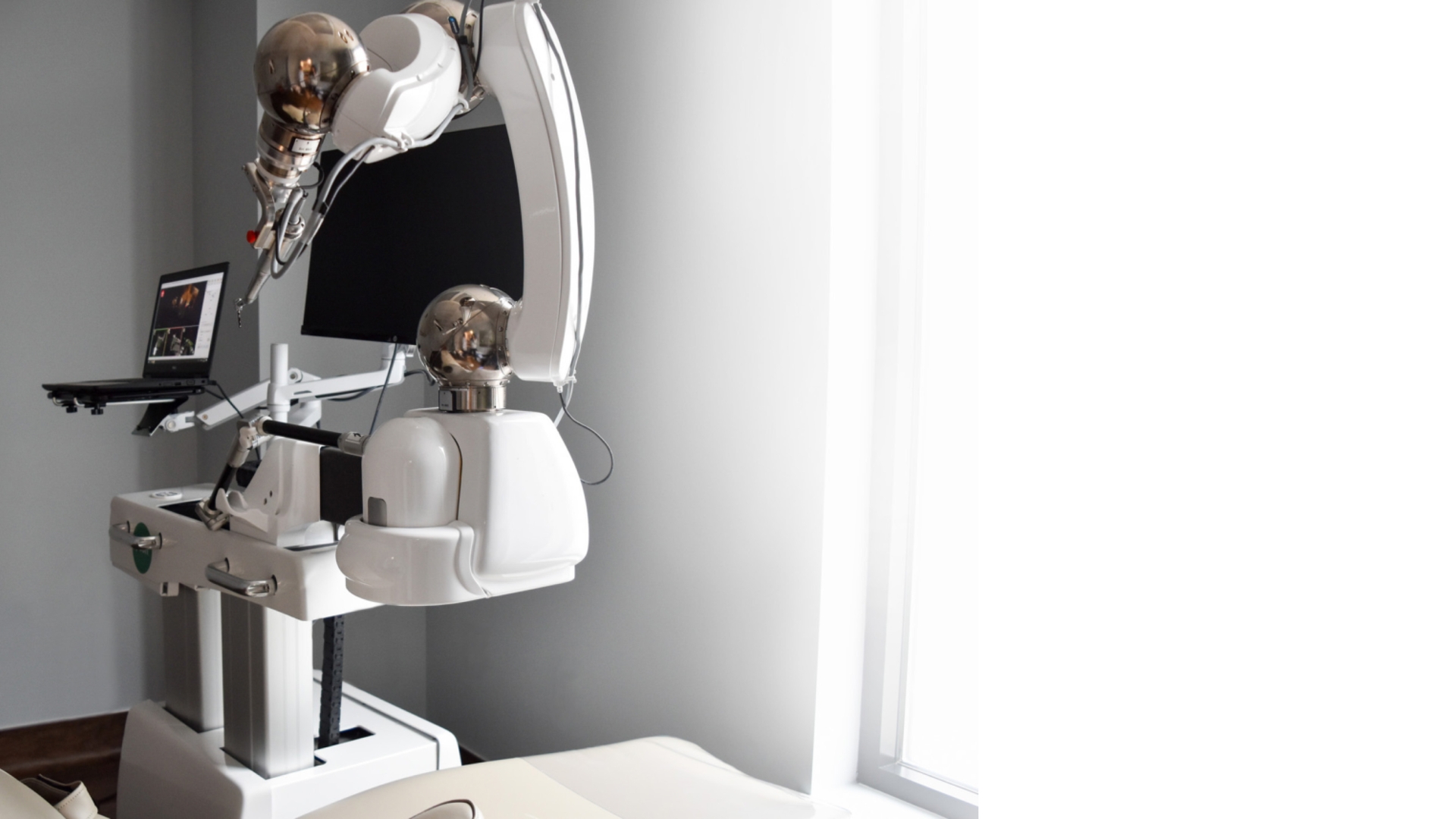cleft palate
Home / cosmetic dentistry / cleft palate
One of the most common genetic deformities affecting the face is a cleft palate, cleft lip, or both. This type of facial irregularity occurs during pregnancy when there is not enough tissue present in the mouth or lip area for it to join properly before the baby is born. This condition may be due to genetics or an isolated birth defect, but a surgical procedure can restore appearance and function. The severity varies; it can be as minor as a small notch in the upper lip to as severe as a large gap extending through the lip and gum into the nose.
Several risk factors may increase the likelihood of an infant being born with this condition:
- Family history of cleft lips or cleft palates
- Exposure to substances such as smoking or consuming alcohol during pregnancy
- Gender – Males are more likely to be born with a cleft lip, but females are more likely to be born with a cleft palate
- Race – This condition is most common in children with Asian and American Indian heritage
- Obesity during pregnancy
Prenatal ultrasounds during pregnancy may reveal a cleft lip or cleft palate.
Aside from the aesthetic issues, children with a cleft lip or palate face many other day-to-day functional problems.
- Dental Problems. The presence of this condition increases the risk of cavities in children and can cause missing, extra, or displaced teeth. Oftentimes, extensive orthodontic treatment is necessary.
- Ear Infections and Hearing Loss. Children who have a cleft palate are more prone to fluid build-up in the middle ear; therefore, they are at a higher risk for ear infections, which can ultimately cause hearing loss if left untreated. Many children need special drainage tubes in their eardrums and must undergo annual hearing checks.
- Trouble Speaking. Children with a cleft palate or a cleft lip typically experience difficulty pronouncing words or carrying their voice, and it is common for their voices to be a higher pitch with a strong nasal component.
- Difficulty Eating. A cleft palate can make it difficult for children to chew and eat properly.
How is a cleft lip or palate treated?
The fortunate news is that most children with a cleft lip or palate can regain normal functions through surgery, therapy, or both. Children frequently undergo a series of surgeries as they age to guide the lip and palate into their proper, fully developed positions.
Treatment for a cleft lip aims to eliminate the separation and restore balance and function to the upper lip. The first procedure is usually performed when the patient is 1–4 months of age. Additional surgeries may be needed starting at age 2 and continuing into the later teen years, depending on the specific condition. Further treatment, such as hearing aids or speech therapy, may be recommended as well.
Dr. Kunkel’s experience at Riley Children’s Hospital on the cleft lip and palate team, make him highly qualified to treat a variety of conditions associated with cleft lip and palate. If you are in need of a consultation to repair this facial defect, please contact Pikes Peak Oral Surgery & Dental Implant Center.
Our Services
View all Services
THE FIRST PRACTICE IN COLORADO!
OFFERING ROBOT ASSISTED SURGERY WITH YOMI®.
Yomi is only FDA Cleared Robotic device for oral surgery
hours
Learn more about our Safety MeasuresMonday - Friday: 8:00 am to 4:00 pm
Saturday - Sunday:Closed
CALL FOR AN APPOINTMENT
Call our office to schedule an appointment for any procedure.
(719) 264 - 6070 | Main
location
get directions
3475 BRIARGATE BLVD, #102
COLORADO SPRINGS, CO 80920
CALL FOR AN APPOINTMENT
Call our office to schedule an appointment for any procedure.
(719) 264 - 6070 | Main